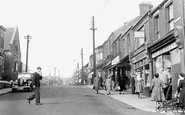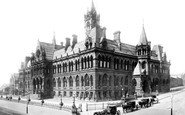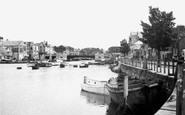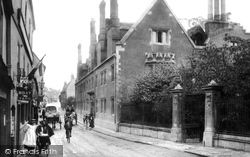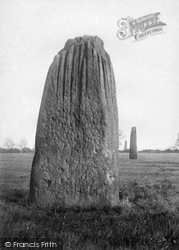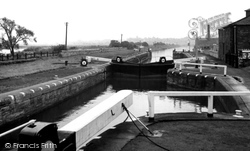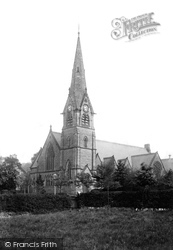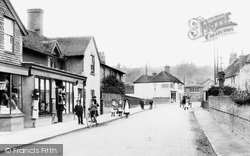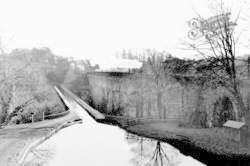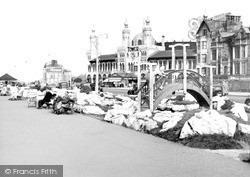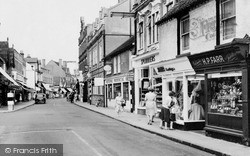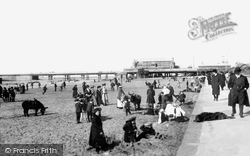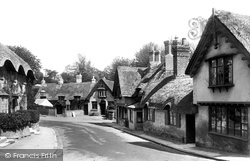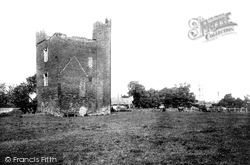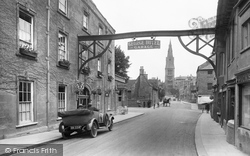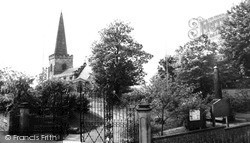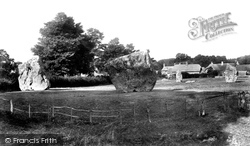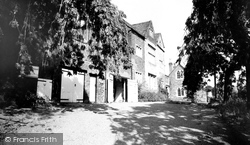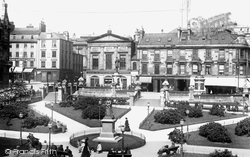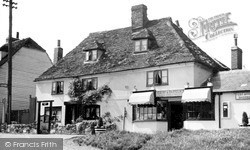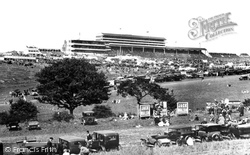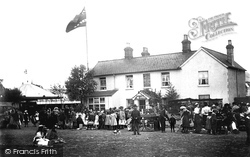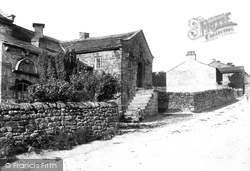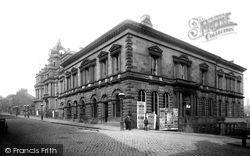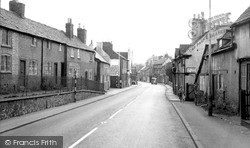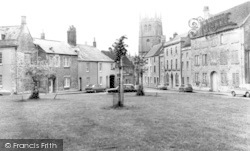Merry Christmas & Happy New Year!
Christmas Deliveries: If you placed an order on or before midday on Friday 19th December for Christmas delivery it was despatched before the Royal Mail or Parcel Force deadline and therefore should be received in time for Christmas. Orders placed after midday on Friday 19th December will be delivered in the New Year.
Please Note: Our offices and factory are now closed until Monday 5th January when we will be pleased to deal with any queries that have arisen during the holiday period.
During the holiday our Gift Cards may still be ordered for any last minute orders and will be sent automatically by email direct to your recipient - see here: Gift Cards
Places
4 places found.
Those places high-lighted have photos. All locations may have maps, books and memories.
Photos
6 photos found. Showing results 521 to 6.
Maps
65 maps found.
Books
1 books found. Showing results 625 to 1.
Memories
4,591 memories found. Showing results 261 to 270.
Always A Colliery Lass
I was born late 1959 at Little Thorpe Maternity Hospital. I lived in Arthur Street with my parents Alan and Ada Robson and my newly widowed grandfather Bob Mckee. My grandmother, Lizzie, sadly passed away a year ...Read more
A memory of Easington Colliery in 1964 by
Playing Out At The Court.
As a child, from the age of six until the age of fourteen, I used to live in Manston Street, off Mary Street in an area called Strangeways. My two older brothers were mad on speedway racing and used to visit Belle Vue to ...Read more
A memory of Manchester in 1960 by
Donnington School
I went to school here in the 50s/60s; it was known as Wroxeter and Uppington C of E School. There were just two classes, the big class run by Miss Thomas the Headmistress and the little class run by Mrs Saltmarsh. Our dinner lady ...Read more
A memory of Donnington by
Schools
I lived in Skelmersdale very briefly in 1966, during which time I attended both Barnes Road School as well as Brookfield (although memory fails me as to why I was moved from one to the other, or even which came first for that matter). ...Read more
A memory of Skelmersdale in 1966 by
Lost Village Of East Holywell
I was born in East Holywell in 1946 and lived at 24 North Row. By then there were only 2 rows of houses left. We lived with my grandmother, Eva Barnfather, who had been there since the turn of the century. Like my ...Read more
A memory of East Holywell in 1950 by
Playing In Salford
I was born in Salford in 1954, except for a brief spell of 4 years in Newton Heath in the late fifties, I have lived there ever since. When I was 11 years old my friend and I were playing digging on the old nursery croft on ...Read more
A memory of Salford in 1964 by
Hutton Poplars.
I went to school at Doddinghurst Road Secondry School, which in my last year (1969 ish) became Hedley Walter Comprehensive School. A few people in my class came from Hutton Poplars, a children's home, and I think most of the children ...Read more
A memory of Shenfield by
The Wade Family Hols
I love Weymouth and would like to retire here one day! We came on holiday in July, bringing our little girl, Isobel, on her first holiday, also two of my other children and other members of the family. I love this picture, we ...Read more
A memory of Weymouth in 2012 by
Part 7
There was no running hot water, no gas, no bathroom and no flushing toilets. Electricity was used for lighting and if you were lucky, a wireless set. Most sets were run from accumulators, a sort of battery, which you had to take to the ...Read more
A memory of Middle Rainton in 1945 by
My Days At Heswall
I was on The Anne White Wing for 18 months and loved every minuite. I remember nurses called Dennis Sidebottom, Karen Gullick, and Steve Eastburn. I used to go to the hospital school during the week and I think my teacher was ...Read more
A memory of Heswall in 1980 by
Captions
925 captions found. Showing results 625 to 648.
Samuel Pepys studied here between 1650 and 1653, and on his death in 1703 his library came here, including the original manuscript volumes of his famous diaries.
Each weighs about thirty tons - they possibly came from the quarries at Knaresborough.
Grain and produce came up river from East Yorkshire, while coal, glass products, and minerals were sent from here both to London and the continent.
Many of the Manchester businessmen that settled in Alderley in the mid 19th century came from a Nonconformist background and they often kept up their connections with the city.
He earned more than local fame when he stayed at his post, transmitting the new 'SOS' signal until the ship sank.
Its majesty was attenuated somewhat when the Great Western Railway line from Wolverhampton to Chester came along and was built even higher.
When the tower itself came down in about 1912, the tower building continued to be a centre for entertainment.
Then came Mrs Gristwood's bakery shop, which was replaced by Howe & Son, and ultimately by Spurriers.
Perhaps the man who made the bell had other things on his mind when it came to putting in the inscription, as he forgot to invert the words laterally in the mould, and they appear backwards on the finished
Working people usually had one set of clothes for work and another for best, and for a trip to the seaside the best clothes came out of the closet - or the pawn shop.
A newer Shanklin grew up along the seashore to cater for the demands of both visitors and those who came to settle.
Built for the Hussey family, the tower came into the council's hands in 1544 after Lord Hussey was executed by Henry VIII.
Much of 18th-century Stamford's trade came from its location on the Great North Road, and it had numerous coaching inns.
The iron gates in the foreground came from Wellington College in 1922.
The same scene viewed some 60 years earlier than photograph No A80019 (page 12-13) presents a neglected view of the stones. Fortunately, Alexander Keiller (of marmalade fame!)
The Greys of Bradgate fame and the Ferrars have lived at the Old Hall; Lady Elizabeth Ferrars married Sir Edward Grey, later Lord Ferrars.
The end came not so much from power looms, but from printed imitations. In one Glasgow mill they used a treadmill worked by a Newfoundland dog.
There is a story that when Charles Dickens lived at nearby Gadshill, he had a tunnel constructed that led under the main road and came up in his garden on the other side in the parish of Shorne; here he
Richard Wootton soon came to head the Trainers' Championship, while Stanley was best known as a tutor of jockeys.
building on Ashtead Common, owned by Frederick Felton, served as the village bakery around the turn of the century, but also formed a focus for the hordes of London day and Sunday school children who came
William Craven later became the Lord Mayor of London; in his later years he came back to this area, when he restored the Hall and rebuilt Burnsall Bridge.
Queen Elizabeth II came and re-opened the restored, re-designed Mechanics Institute on 12 November 1987.
The village has acquired international fame as the home of the Quorn Hunt; its founder Hugo Meynell took residence in 1753 at Quorn Hall (now an educational centre).
It was bought by Harris's to store sawdust for smoking their bacon; their supplies came from W E Beint & Sons Ltd, whose sawmills at Studley were famous for making elm coffin boards and pit props for
Places (4)
Photos (6)
Memories (4591)
Books (1)
Maps (65)

